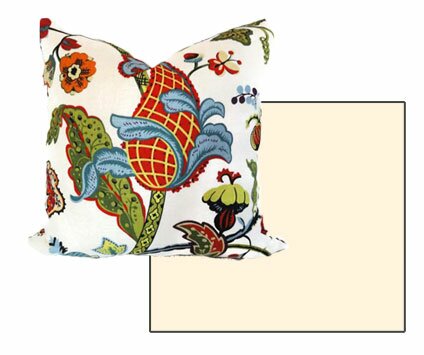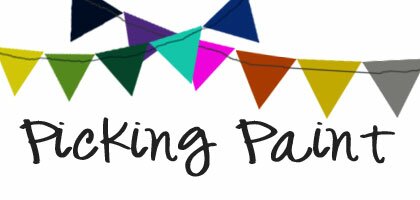
Finishes
Today I will give you the 411 on paint finishes, also known as the sheen or gloss. A paints gloss or sheen affects how durable and reflective it is. At one end you will have your “Matte” finishes (also known as “flat”) which reflect very little light. At the other end you have your “Gloss” finishes which reflect a large amount of light.
Let’s go over each finish and the “common rules” to using them:
~ Matte/Flatt – The least glossy of all finishes with a non-reflective and porous surface.
- They have a smooth/dull appearance which makes them good at hiding surface and application imperfections (such as brush strokes).
- Susceptible to moisture damage, scuff marks, and stains.
- It’s surface doesn’t hold up well to cleaning products and scrubbing.
- Uses: Commonly used on walls in low traffic rooms and on ceilings.
- Avoid: Usage in any room with moisture (bathrooms, kitchen, laundry rooms), kids rooms, high traffic areas and trim.
~ Eggshell – The most widely used finish.
- It has a slight sheen to it which makes it more durable and easier to clean than the Matte finish.
- Uses: Considered a well rounded finish that offers durability without to much sheen. Appropriate to use on all interior walls.
- Avoid: It’s still wise to use a sheen with a higher gloss in areas with high traffic or susceptibility to vigorous or frequent cleaning.
~ Satin – Is similar to eggshell in that it is used frequently because of its durability and moderate sheen.
- Satin tends to be slightly glossier than eggshell but in some brands you might notice that it is nearly the same.
- Uses: A well rounded finish that is typically used in kid’s rooms, kitchens, bathrooms, and on trim.
- Avoid: Is appropriate for most applications but some might prefer the less glossy eggshell or a glossier finish for high traffic areas and trim.
~ Semi Gloss – Offers more durability than Matte, Eggshell, and Satin finishes.
- Typically considered to0 glossy for general application
- Uses: If used at all, its typically in areas that might require vigorous cleaning, or be exposed to moisture and heavy traffic. Kitchens, bathrooms, and laundry rooms.
- Avoid: Too much gloss reveals surface imperfections and can give the walls an uneven color appearance. Typically not used outside of the kitchen or bathroom.
~ Glossy – The least used of all finishes. It is used so rarely in interior painting that some brands don’t even carry an interior gloss.
- Extremely durable, stain resistant, and will dry to a laminated look.
- Uses: None, sometimes used on trim or cabinets.
- Avoid: Usually not used for interior painting.
A single color used in your room takes on a new appearance when applied in different finishes. For example, if you use an Eggshell finish on your walls and a Semi Gloss finish on your trim, the color will appear slightly different. It creates a crisp, clean look in your room.
I hope you’ve enjoyed the series! I’ve decided to go over one more element tomorrow, the Color Wheel. This is a great topic that will help you understand how to use and blend more than one color in a room and in your home. Happy Friday!
If you missed the other posts on my Picking Paint series you can go here.
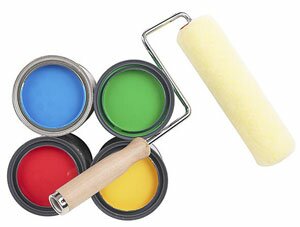

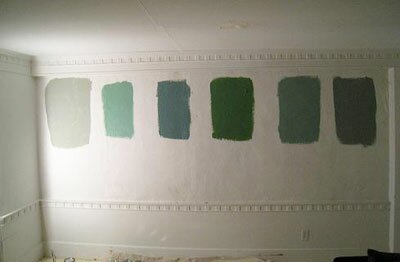
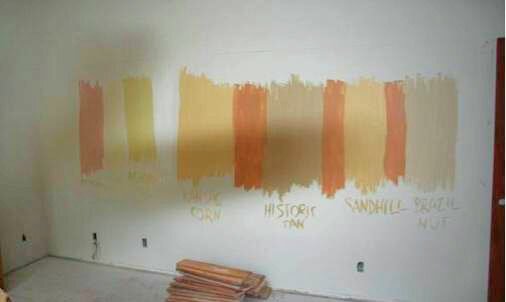
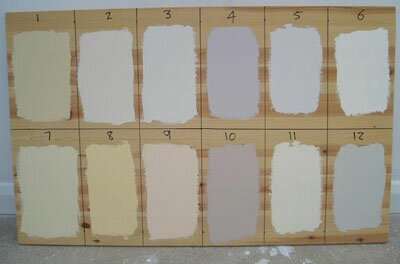
 {
{
 {
{ {
{ {
{
